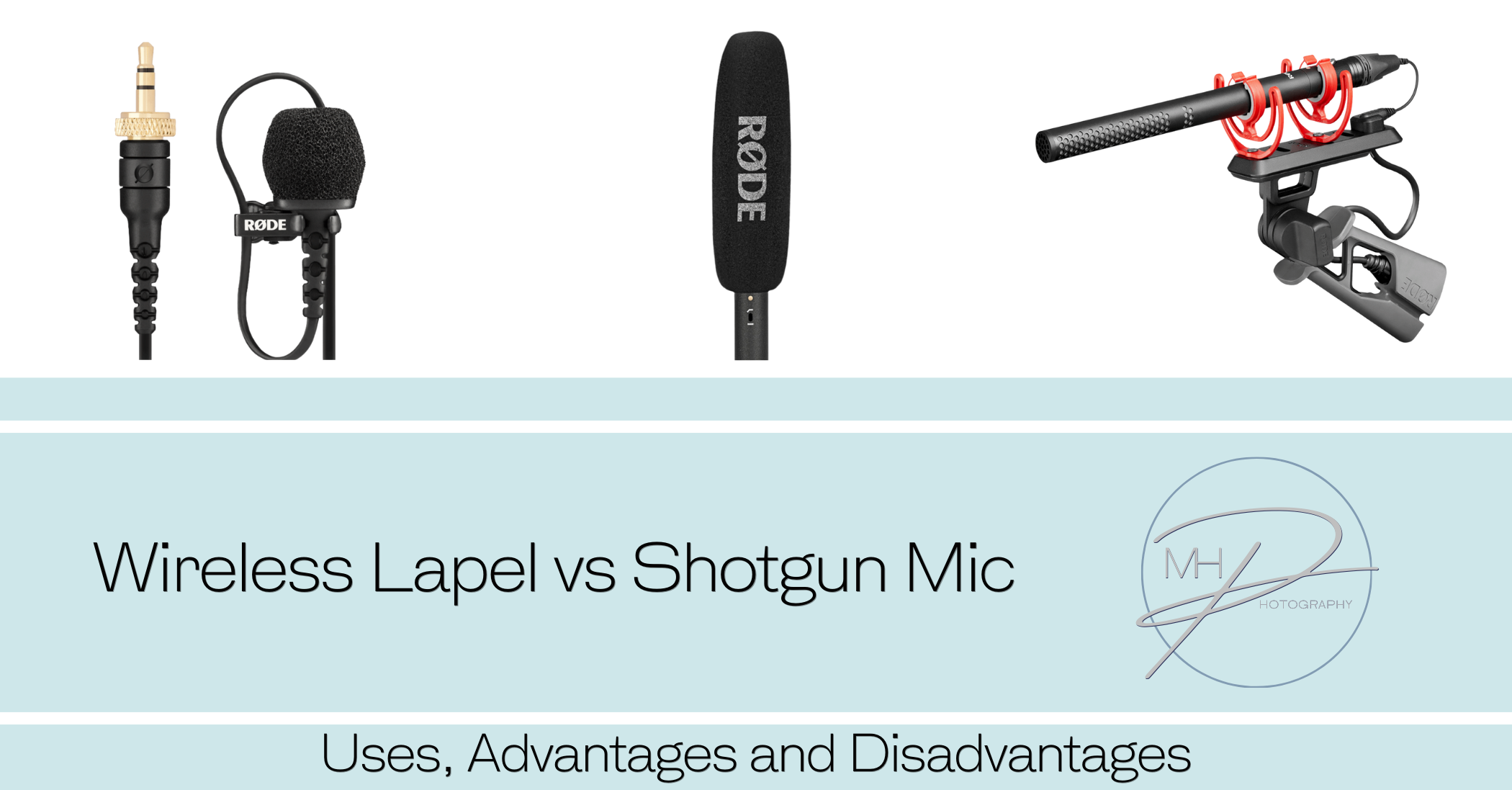
Wireless Lapel vs Shotgun Mic
Wireless Lapel Mic (Lavalier Mic) Best For: Interviews, vlogging, on-the-go shooting, and capturing clear dialogue in a controlled environment.
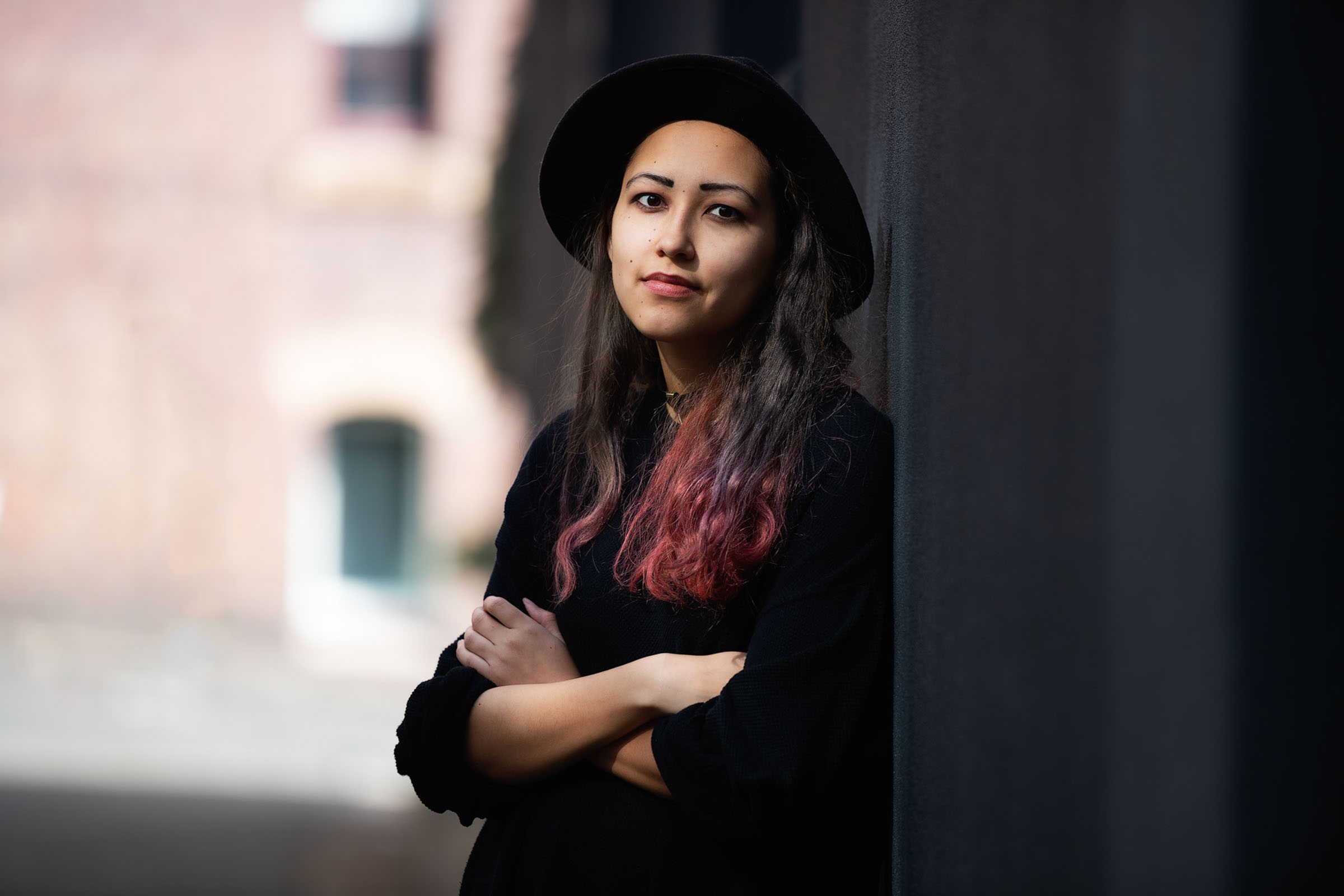
Natural light is one of the most beautiful and accessible tools in a portrait photographer’s toolkit. But to truly harness its potential, you need to go beyond ‘shooting at golden hour’ and learn to read, shape, and use it creatively.
Natural light changes by the hour, season, and weather. It affects mood, texture, and how your subject is perceived. Once you learn how to work with it—not just around it—you’ll gain consistency, creativity, and confidence in your portrait work.

– Golden Hour (Soft, warm, directional)
– Midday (Harsh, top-down, shadow-heavy)
– Open Shade (Even, cool-toned, low contrast)
– Overcast (Soft, diffused, gentle shadows)
– Window Light (Beautiful indoors, soft edge transitions)
1. Set ISO First – Base this on your environment.
2. Choose Aperture Based on Creative Intent
3. Adjust Shutter Speed to Balance Exposure
4. Take a Test Shot – Then refine:
1. Observe Before You Shoot
Spend time looking at how light falls on your subject. Walk around them. Notice where the highlights and shadows fall. Are there catchlights in the eyes? Is one side too dark or too blown out? Awareness is your first tool.
2. Choose the Right Angle
Your subject’s position relative to the light source can make or break a portrait. Try front lighting for soft, even looks; side lighting for drama and depth; and backlighting for glow and rim light effects.
3. Use Reflectors or Bounce Surfaces
Bright walls, white cards, or purpose-built reflectors can help fill shadows and create flattering light on your subject. This is especially useful in midday or open shade conditions.
4. Control with Camera Settings
Use wide apertures to create creamy bokeh and emphasise your subject. Adjust ISO and shutter speed to maintain exposure without losing highlights.
5. Embrace the Mood
Don’t be afraid of shadows or mood. Natural light gives character. Let soft, diffused light evoke calm, while strong contrast brings energy and tension. Lean into what the light offers.
– Shoot during golden hour for soft skin tones and flattering shadows.
– Use window light with a sheer curtain for dreamy indoor portraits.
– Avoid dappled light (unless you want an artsy look).
– Always watch the eyes—light there makes a portrait come alive.

Natural light isn’t just technical—it’s emotional. The softness of dawn, the crispness of morning, or the glow of sunset all bring different feelings to your photos. Learn to see light as part of your narrative.
“To photograph is to write with light. Understanding it is the first step to creating images that speak.”
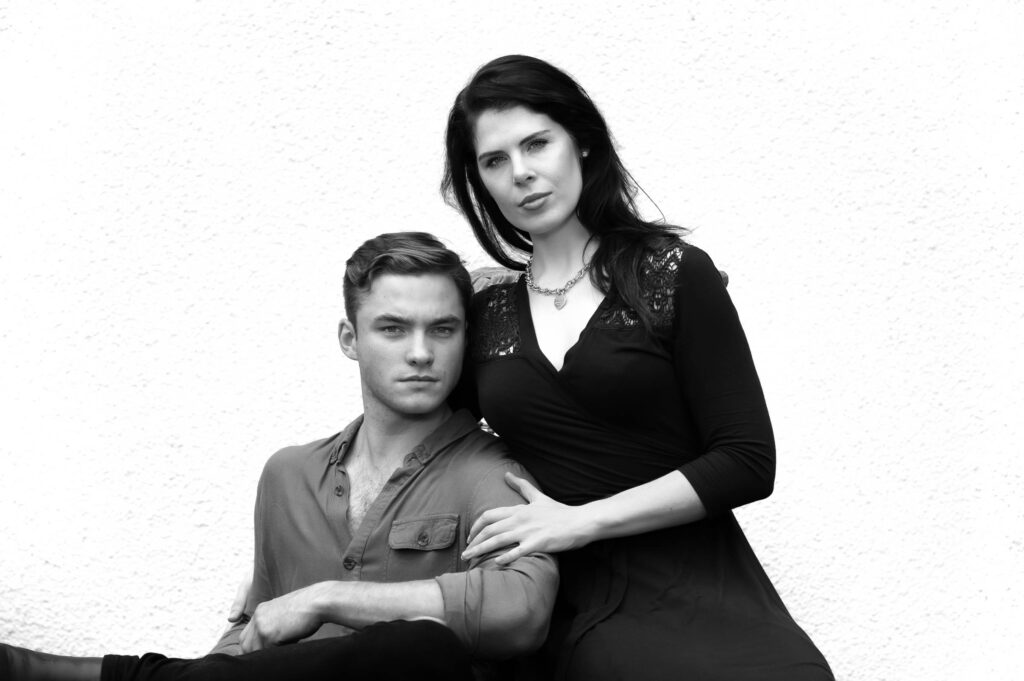
– How to Balance Flash with Ambient Light
– Beginner’s Guide to Posing in Portraits
– Using Reflectors Like a Pro
Subscribe to my newsletter for weekly tips, behind-the-scenes tutorials, and upcoming workshop updates. Or visit my blog for more beginner-friendly lighting guides.
PS, If you found this helpful please let me know by leaving a comment below and sharing on social.
PPS, If you are struggling with anything photography related feel free to email or message me I’d love to help out anyway I can.

Hi, I’m a professional photographer with a passion for capturing moments that tell powerful stories—whether it’s backstage with the Australian Ballet, on assignment as a press photographer, or creating striking brand imagery. With years behind the lens and a love for both the technical and creative sides of photography, I’m here to share insights, tips, and real-world experiences to help you grow your skills and find your own visual voice. Thanks for being here—let’s create something extraordinary.

Wireless Lapel Mic (Lavalier Mic) Best For: Interviews, vlogging, on-the-go shooting, and capturing clear dialogue in a controlled environment.
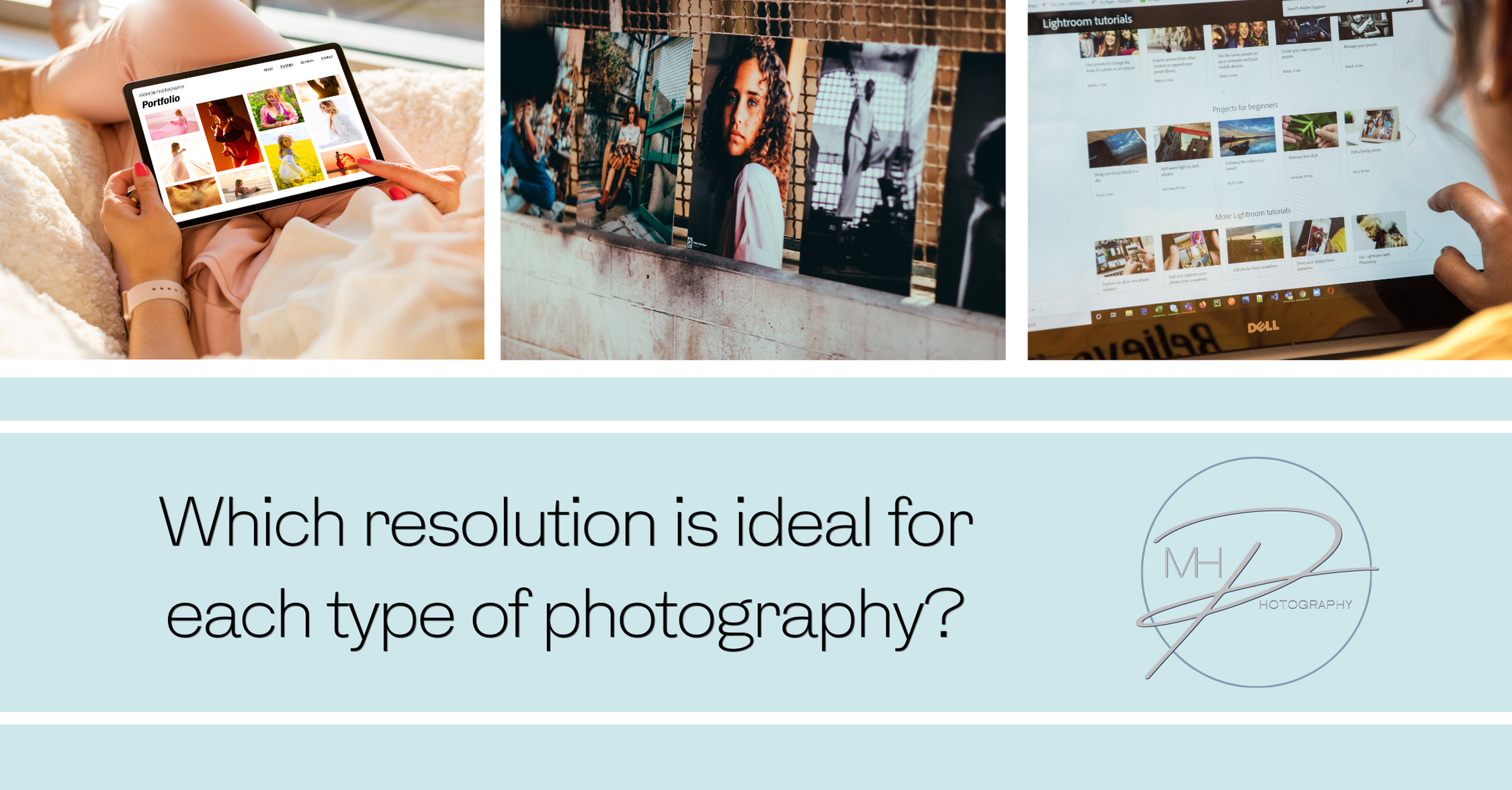
Which resolution is ideal for each type of photography? The ideal resolution for different types of photography depends on how
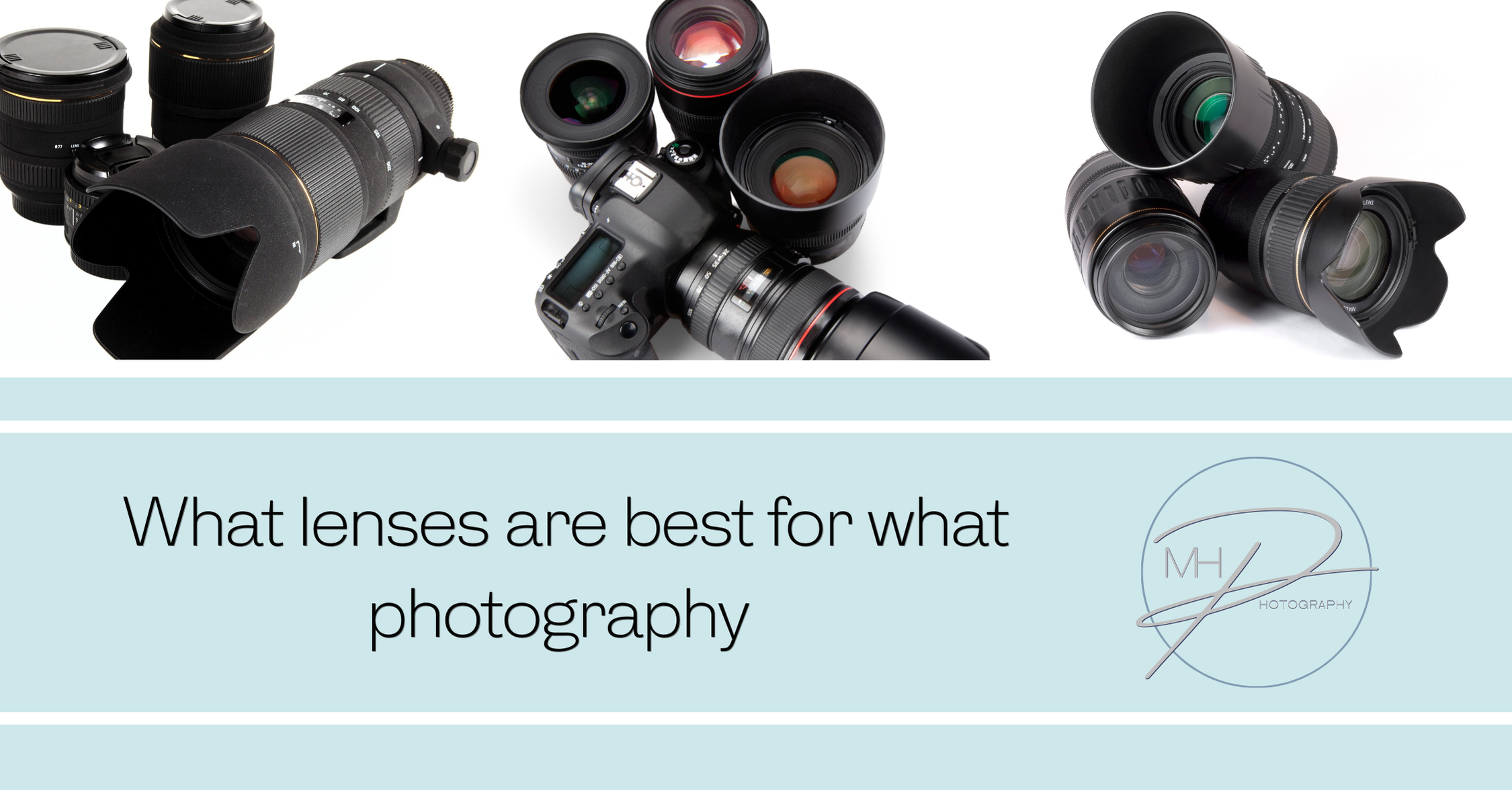
What lenses are best for different types of photography Choosing the right lens for photography depends on the type of
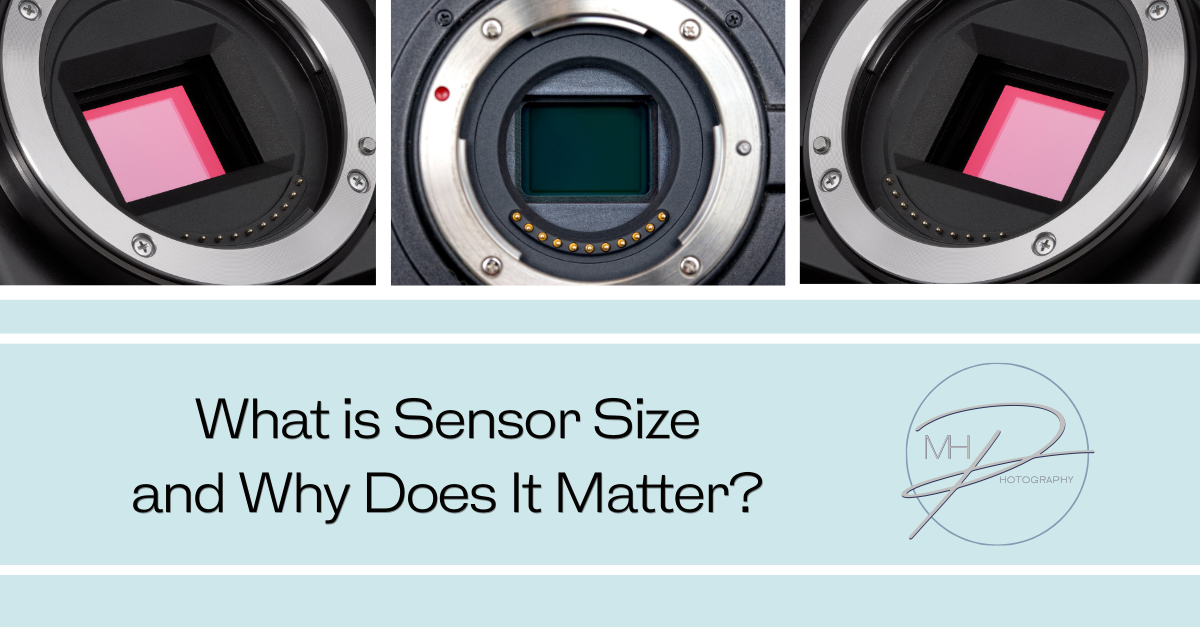
What is Sensor Size and why does it matter? When purchasing a camera, the sensor size plays a crucial role

A Beginner’s Guide to Beautiful Lighting Natural light is one of the most beautiful and accessible tools in a portrait
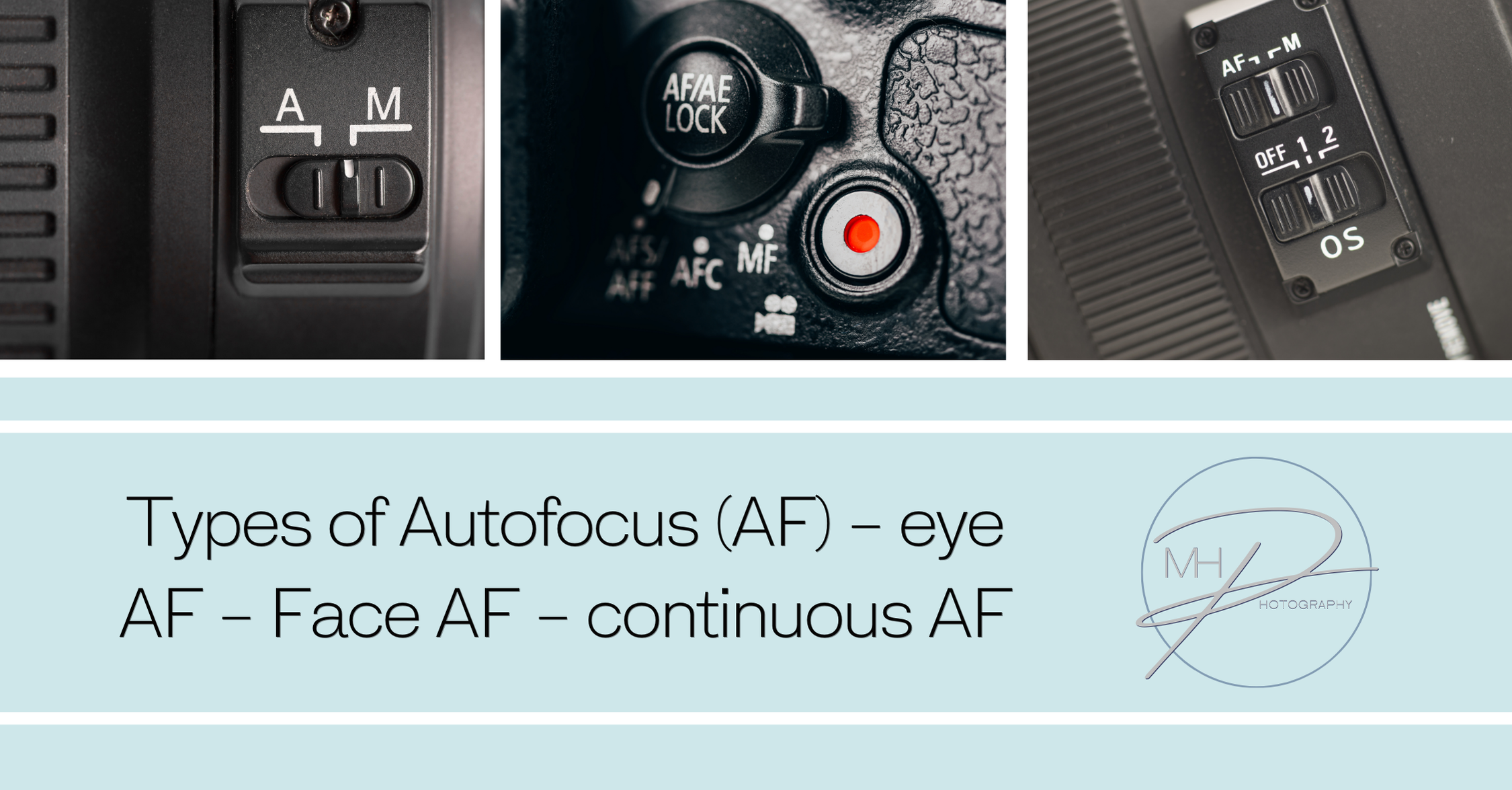
Types of Autofocus (AF) Autofocus (AF) is a critical feature in modern cameras, ensuring subjects are sharp and well-defined. Different

Tripod Heads Tripods are an essential tool for both photographers and videographers, offering stability and flexibility for capturing shots. The

Keeping your camera gear clean is essential for maintaining image quality and prolonging the life of your equipment. The right
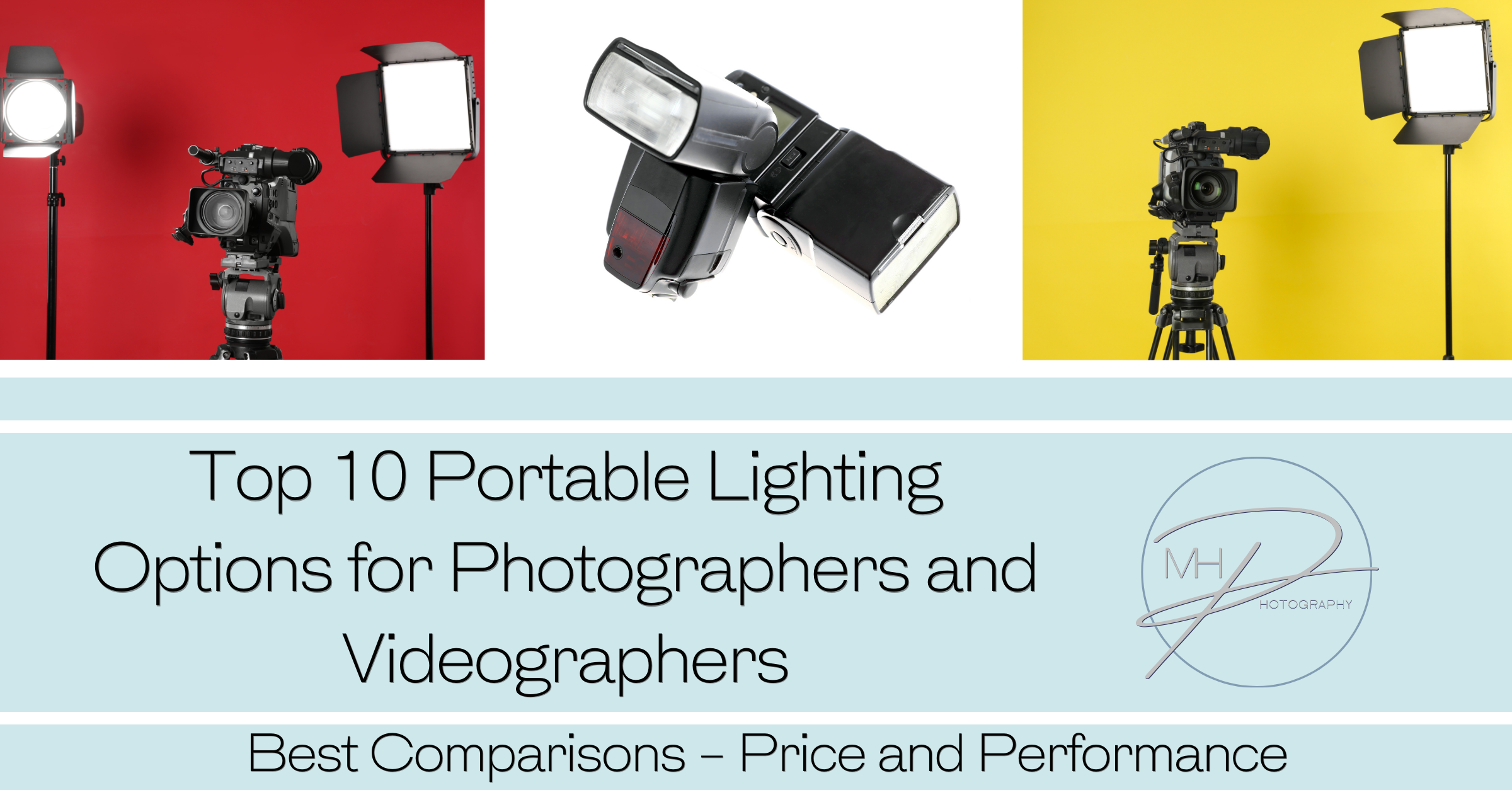
Best Comparisons on Price and Performance Portable lighting is essential for photographers and videographers who need reliable, on-the-go lighting for

Best Comparisons Choosing the right camera strap is crucial for comfort and accessibility while shooting. A high-quality strap can make
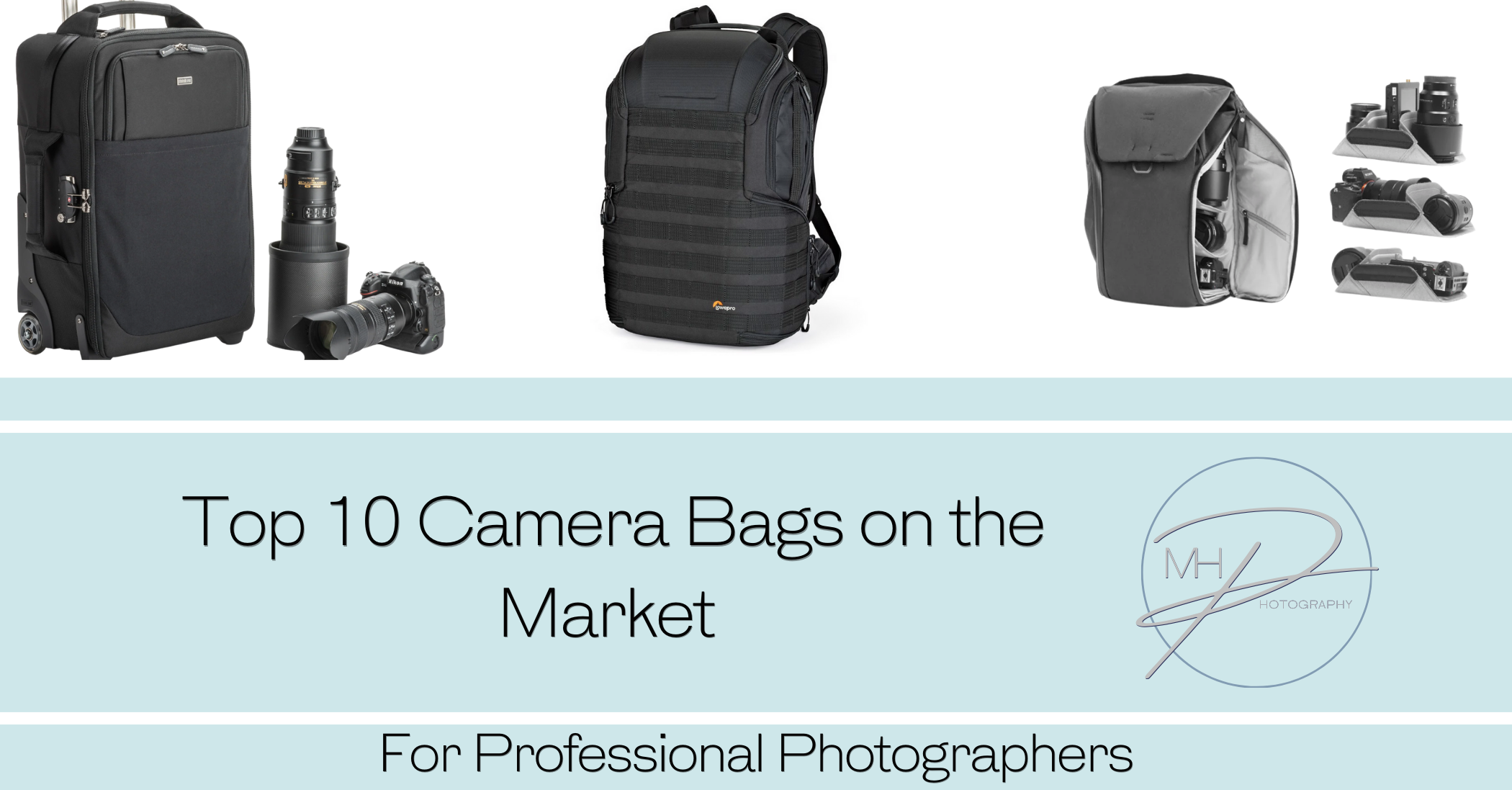
Top 10 Camera Bags Selecting the right camera bag is essential for photographers, particularly professionals who require both functionality and

The top 10 video editing software options Here’s a detailed comparison of the top 10 video editing software used by